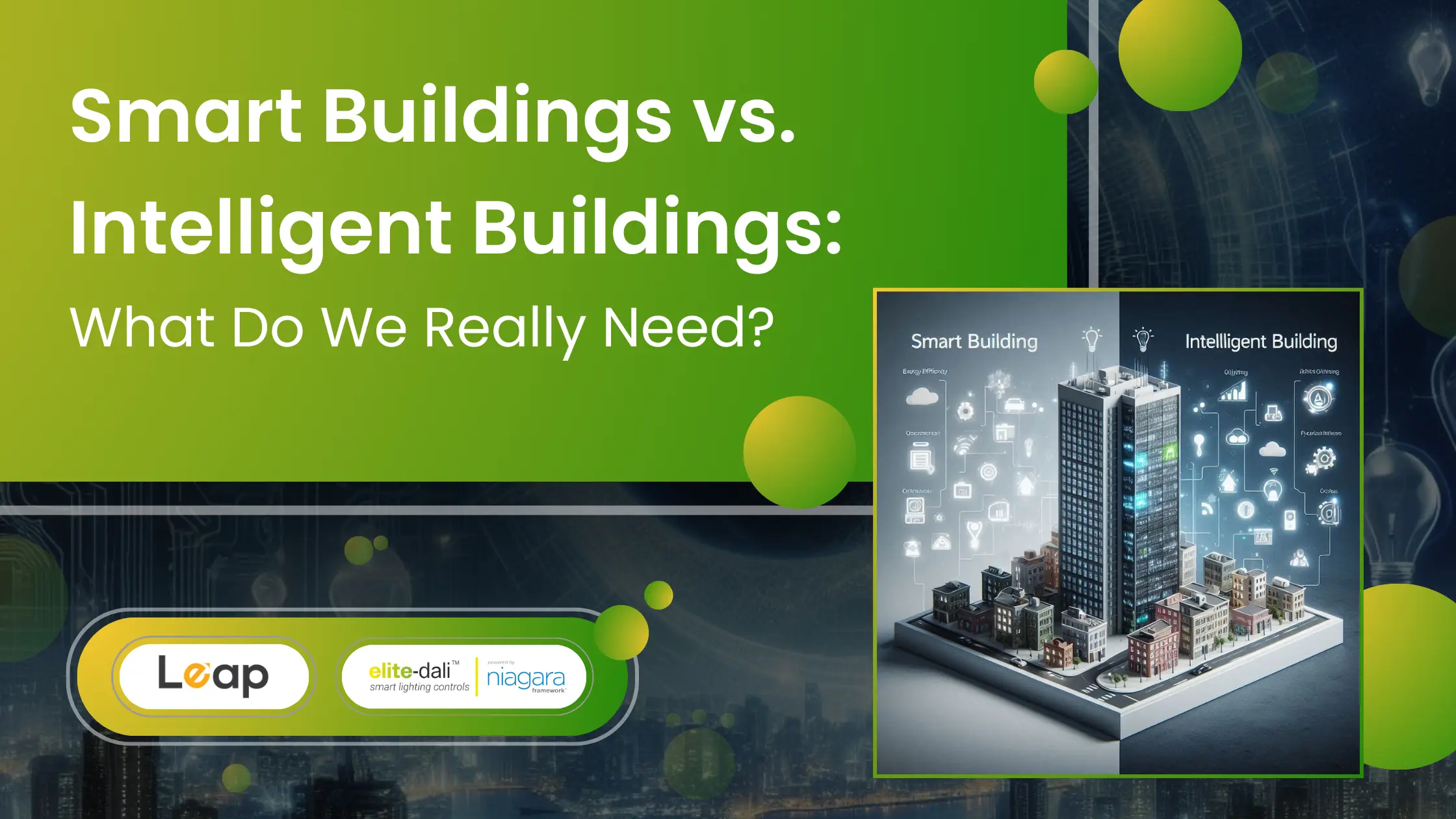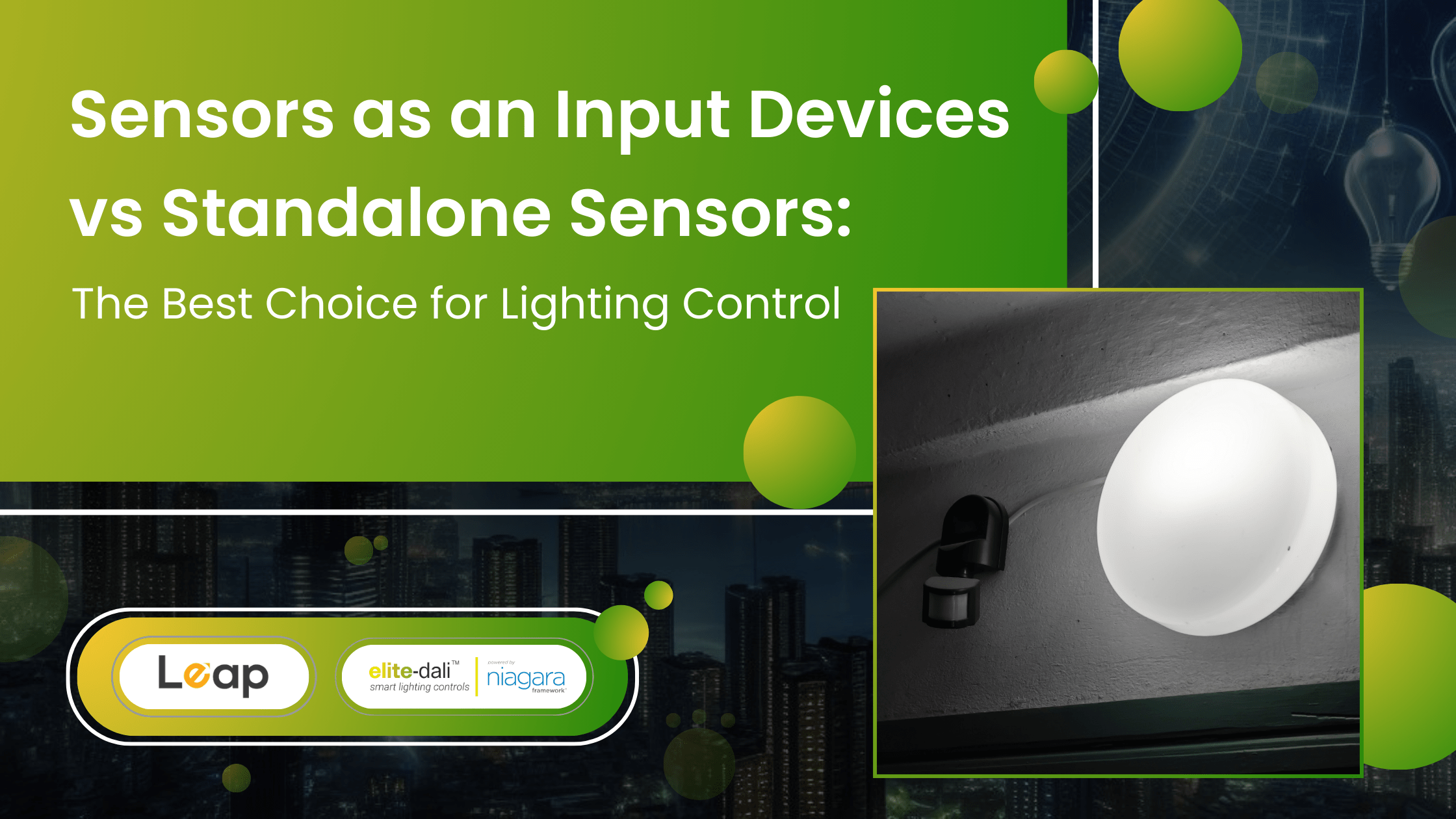Dali Lighting Control; A 2021 guide
If you’ve spent your time researching LED lighting, you’ve probably noticed that there are several ways to dim LED lighting. The traditional method is an analog dimming system that uses a DC voltage signal to control dimming, but there is also digital dimming that converts the signal into bits.
Table of Contents
What is Dali lighting control?
DALI is an abbreviation for Digital Addressable Lighting Interface. This is a lighting interface system that allows lighting to be controlled more accurately and flexibly using digital signals. This system allows users to communicate with LED drivers and ballasts using a two-way method and vice versa via a DALI controller (usually a computer system with software or a dimming controller).
DALI is also the international standard for lighting communication. This means that all components of a lighting system with the DALI logo can work together, even if they are from different manufacturers. This standard was created to ensure compatibility and compatibility between lighting systems in the industry.
How does the Dali lighting control system work?
The DALI system consists of a controller connected to the network, and each DALI LED driver and each dimmable LED lamp is assigned a unique address for individual operation. Note that the driver is a component that regulates the current to the LED or group of LEDs and prevents them from overloading, and the light bulb and driver together are called a lamp.
After the command, the control unit signals to the desired address and asks the ramp to follow the instructions. For example, you can instruct them to turn off all lights in a particular room. Each lamp turns off because it recognizes that it belongs to that room. This allows the user to operate the entire lighting system accurately from the center point.
Also, because the DALI system is bidirectional, each luminaire can communicate with the controller to provide information. For example, if a single ramp fails, the central control center will notify the user of the problem.
The DALI is typically used to provide lighting control over many areas across multiple lighting circuits. Usually, a single network is not enough to cover the entire building. As a result, many networks are often connected to form a larger network that can be centrally controlled. It has up to 254 levels of brightness. In addition to dimming and on/off functions, you can use the preset mode to change the light pattern at a set time of the day.
What is the topology of the Dali lighting control system?
The DALI luminaire system uses a master-slave structure in which information flows from the controller and the luminaire acts as a slave unit. The slave unit executes commands from the controller and responds to information requests such as unit function checks.
Digital signals are transmitted over a two-wire control line or bus. Although it is possible to use wires of both negative and positive polarity, the ballast tends to be non-polar to ensure that the connection is indifferent. No shielded cable is required and the DALI system can be routed without problems with standard 5-core cables.
One of the major differences from other lighting systems is that the DALI system does not require a wiring group, instead, all wiring is connected in parallel to the bus. Also, since this information is transmitted by commands sent by the controller, there is no need for mechanical relays to operate the lights. As a result, the DALI lighting system has a very simple wiring system that is more flexible than usual.
Once the cable connection is complete, you can configure the system with the software on the controller. You can create several scenarios and programs for lighting. The system is adaptable so you can implement them without changing the cables. The settings for each light are highly customizable, allowing you to change the control range and fade rate.
Where is the Dali lighting control system usually implemented?
DALI is versatile and inexpensive at the same time. This type of lighting system, which allows precise control from a central point, is more common in large commercial environments. However, DALI is increasingly being used in the home environment of homeowners looking for the best lighting control. The
The DALI system can be retrofitted to existing structures, but the best results are obtained when integrated into a new building. This is because if a brand new DALI system is wired, it is wired without the need for a lighting control circuit. However, when applied to existing systems, there is no option to install a much simpler and more efficient DALI wiring system because these control circuits are already in place.
What are the benefits of the Dali lighting control system?
Using a DALI system over other lighting systems offers many advantages, from increased flexibility and programmability to superior system monitoring and easy installation.
Here is a brief overview of the most important benefits:
● Dali lights can be easily reconfigured without any hassle
The function of the dimmable LED lamp can be changed without rewiring the circuit. For example, if your room is divided into an office and a conference room, you can program the lighting to work in two separate groups instead of one. Elitedali offers amazing dali lights which are easy to install and reconfigure without any hassle.
● Different settings can be implemented within one dali lighting control system
You can set more than one lighting settings on the same system. This is especially useful for large commercial buildings. For example, programming two separate profiles can meet the lighting needs of different companies, even if they share the same floor of the building.
● You can program the lights to suit your needs
You can adapt your lighting program to your needs and room requirements. For example, if your room has a lot of natural light, you can set the illumination low, or if you use only a certain amount of electricity, you can limit the illumination. The dali lighting control system offered by elitedali is flexible and versatile so you can program it as per your own requirements.
● Quick and easy monitoring is accessible
There is a two-way system between the controller and each luminaire, so you can quickly request the most accurate and up-to-date information. In this way, you can see the capabilities of all lights and other system issues, as well as the energy consumption of individual lights. With elitedali’s dali lighting control system you can monitor and access the lights through your phone or PC easily.
Bottom Line
elitedali is a complete solution for all your lighting automation needs. Utilizing the DALI standard and convergent lighting system approach provides users with the flexibility to use the same system for building management and automation systems such as HVAC, electricity, UPS, firefighting, and security.
When you are ready to use the above DALI features in your lighting system, please contact us for your requirements.
Fill this form to get the “Digital Addressable Lighting Interface using elitedali™” Guide.








